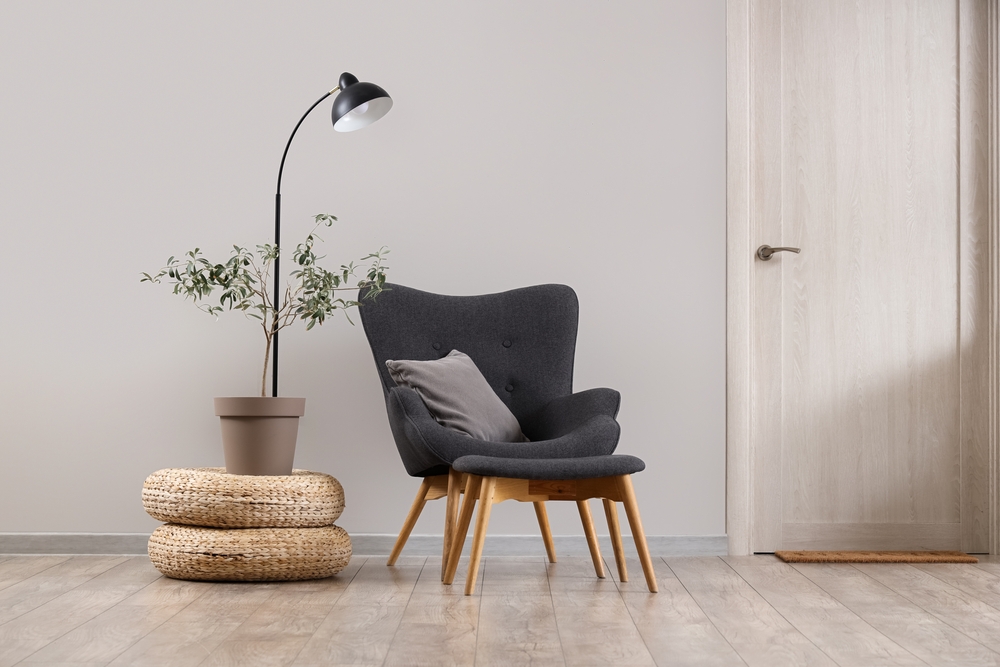Doors aren’t exactly the most exciting part of a house project. People get all hyped up about paint colors, kitchen backsplashes, and fancy light fixtures. But doors? They’re kind of the unsung heroes.
Until one doesn’t close right, or blocks your dresser. Or let’s every sound in the house echo straight into your bedroom at 1 a.m.
That’s when Interior Door Installation suddenly becomes a whole lot more important. And picking the right door for each room? That’s the difference between a home that flows and one that feels… off.
Doors Do More Than You Think
Most people don’t notice interior doors until there’s a problem. But they do a lot more than just open and close.
- They give you privacy (which matters more than ever these days)
- They block out noise (or they should, anyway)
- They define space and add style
- And sometimes, they even hide the mess you swore you were going to clean up two days ago
That’s why Interior Door Installation deserves more thought than just grabbing whatever’s on sale at the store. Different rooms need different things. And not all doors are created equal.
First, a Few Things to Think About Before You Buy
Before diving into which door goes where, it’s smart to think through a few key details:
1. How’s the room used?
Is it a place where people need quiet? A room that gets humid? A closet no one sees? Use plays a big role in what kind of door makes sense.
2. Which way should it open?
Seriously, don’t skip this. The wrong swing direction can mess up a whole room’s layout. Make sure the door doesn’t slam into furniture or block light switches.
3. Do you need sound control?
Some rooms need peace and quiet. Bedrooms, offices, laundry rooms—more on this below. But spoiler: hollow-core doors won’t cut it for noise.
4. What’s the vibe?
Style isn’t everything, but it matters. A modern door in a 1920s home can feel weird. So pick something that feels like it belongs.
Picking the Right Interior Door for Each Space
Bedroom Doors
What they need: Privacy, peace, and good sound-blocking.
Bedrooms are personal. Whether it’s late-night phone calls or early-morning alarms, people want their bedroom door to shut out the world a bit. That’s where solid-core doors really shine. They’re heavier, better at muffling noise, and honestly just feel more solid when you close them.
Want a classic look? Go with a six-panel design. Prefer something more minimal? A simple flat panel or shaker door does the trick.
Quick tip: Add a door sweep or weather stripping to seal out sound even more.
Bathroom Doors
What they need: Privacy, plus moisture resistance.
Bathrooms are steamy little environments. Wood can warp. Cheap materials can peel. The best bet? A composite or MDF solid-core door that handles humidity like a champ and still gives that sense of privacy.
If you like the idea of a frosted glass door, just make sure it’s not too frosted. Some of those styles look a bit… revealing when the lights are on.
Quick tip: Make sure the door has a solid lock. No one likes an “oops” moment.
Closet Doors
What they need: Space-saving and easy access.
Closets don’t need soundproofing, and they definitely don’t need to swing wide into tight hallways. Think about function over fancy here.
Options that work well:
- Sliding doors if space is tight
- Bi-fold doors for wide openings
- Pocket doors if you want it out of sight, out of mind
Popular Interior Door Styles to Know
Here’s a quick cheat sheet for door styles you’ll see during Interior Door Installation:
- Panel Doors: Classic, clean, and timeless
- Flush Doors: Flat and minimal—modern’s best friend
- Pocket Doors: Great for tight spaces—just slide right into the wall
- Bi-Fold Doors: Compact and ideal for closets or utility rooms
What About Door Materials?
Another thing most folks overlook: material matters.
- Solid Wood: Beautiful and durable, but pricey and not great in humid spots
- Solid-Core MDF: Quieter, more affordable, and paint-friendly
- Hollow-Core: Budget pick, but thin and not great for noise
- Glass or Glass Inserts: Stylish, light-friendly, but less private
Choose based on how the room’s used. Not every room needs the most expensive option, but every room deserves the right one.
DIY vs. Hiring the Pros
Let’s not sugarcoat it. Hanging a door can look easy… until it’s not. Frames that aren’t square, hinges that don’t line up, doors that swing the wrong way—these are common headaches.
For something like a simple slab replacement, a handy person might manage just fine. But for multiple doors, or anything involving framing, a professional Interior Door Installation is well worth the cost. It saves time, hassle, and prevents future “why doesn’t this door close?” moments.
FAQs
-
How long does an Interior Door Installation usually take?
For a standard pre-hung door, expect around 2 to 4 hours. It depends on the fit and whether the frame needs adjusting.
-
What’s the difference between a pre-hung and slab door?
Pre-hung doors come with the frame already attached. Slabs are just the door itself. Slabs are cheaper but trickier to install unless your frame is perfect.
-
Do all interior doors in a house need to match?
Not exactly, but they should feel consistent. Matching styles or colors on the same floor or hallway helps things look intentional.
Conclusion
The right door might not seem like a big deal—until you’ve lived with the wrong one. A little thought during your Interior Door Installation can change how every room in the house feels. It’s not just about looks. It’s about privacy, sound, space, and how everything fits together.
Contact BME Building Solutions today for expert consultation and professional services.


